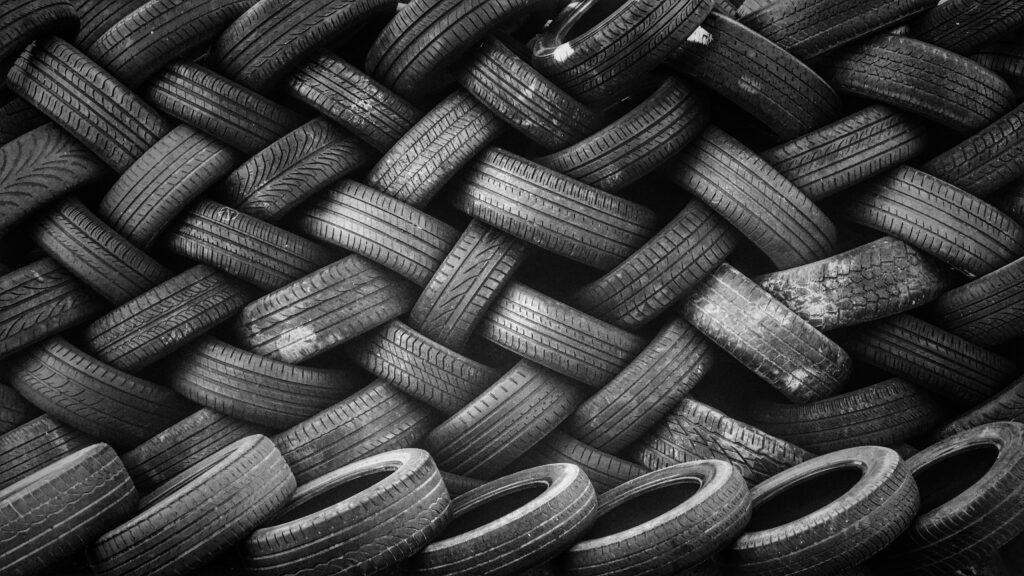As a car owner, you want your vehicle to perform at its best every time you hit the road. One key component that plays a significant role in achieving optimal performance is your car’s tires. Tires are the only part of your car that comes into contact with the road, and picking the right ones can make a significant difference in your car’s handling, fuel efficiency, and overall performance. But with so many options available, how do you choose the perfect tires for your car?
In this article, we’ll share some tips and tricks for selecting the best tires that will help you maximize your car’s performance and ensure a safe and comfortable driving experience. From understanding the different types of tires to choosing the right size and tread pattern, we’ve got you covered. So, buckle up and get ready to take your car’s performance to the next level!
Table of Contents
Factors to consider when picking the perfect tires for your car
Choosing the right tires for your car can be a daunting task, especially if you don’t know what to look for. However, there are several factors that you should consider when making your selection. These factors can help you narrow down your options and find the perfect tires for your car.
Driving Conditions
One of the most important factors to consider when choosing tires is the driving conditions you’ll be encountering. Are you going to be driving on dry or wet roads? Will you be driving in snow or ice? Do you live in an area with a lot of rain or mud? These are all important questions to ask yourself when choosing tires. For example, if you live in an area with a lot of rain or mud, you’ll need tires with good wet traction. If you often drive in snow or ice, you’ll want tires with good winter performance.
Performance Needs
Another important factor to consider is your car’s performance needs. Do you need tires that offer maximum grip and handling in corners? Or are you more concerned with fuel efficiency and a comfortable ride? Tires come in a wide variety of performance levels, so it’s important to choose a set that matches your needs.
Budget
Tires can be expensive, so it’s important to consider your budget when making your selection. However, keep in mind that investing in quality tires can save you money in the long run by improving your car’s fuel efficiency and reducing the frequency of tire replacements.
Tire size and compatibility with your car
Once you’ve considered the factors above, it’s time to start looking at specific tire sizes and compatibility with your car. It’s important to choose tires that are compatible with your car’s make and model, as well as the specific year and trim level. This information can usually be found in your car’s owner’s manual or by searching for “find my tire” online to get the details on your wheels.
Tire Size
Tire size is an important factor to consider when choosing tires. The size of your tires can affect your car’s handling, fuel efficiency, and overall performance. It’s important to choose tires that are the correct size for your car. This information can usually be found on the side of your current tires or in your car’s owner’s manual. Having the right size of Tyre is essential whether it is for a car or a truck such as the Addax MRAP.
Load Index and Speed Rating
In addition to tire size, you’ll also need to consider the load index and speed rating of your new tires. A load index is a number that indicates the maximum weight each tire can support. The speed rating is a letter that indicates the maximum speed each tire can safely handle. These ratings are important to consider to ensure that your new tires can safely support your car’s weight and handle the speeds you’ll be driving.
Tire Type
There are several different types of tires to choose from, including all-season, summer, winter, and performance tires. Each type of tire is designed for specific driving conditions and performance needs. For example, all-season tires are designed for year-round use, while winter tires are designed to provide maximum traction in snow and ice. Performance tires are designed for maximum grip and handling in corners. It’s important to choose the right type of tire for your specific needs.
Tread patterns and their impact on performance

The tread pattern is another important factor to consider when choosing tires. Tread pattern refers to the design of the tire’s tread, which can affect its performance in different driving conditions.
All-Season Tread Pattern
All-season tires typically have a symmetrical or asymmetrical tread pattern, which provides good traction in both wet and dry conditions. These tires are a good choice if you live in an area with mild weather and don’t experience extreme temperatures.
Winter Tread Pattern
Winter tires have a more aggressive tread pattern, which provides maximum traction in snow and ice. These tires are designed to excel in cold weather conditions and are a good choice if you live in an area with harsh winters.
Summer Tread Pattern
Summer tires have a more shallow tread pattern, which provides maximum grip and handling in dry conditions. These tires are designed for high-performance driving and are a good choice if you live in an area with hot summers and mild winters.
Performance Tread Pattern
Performance tires have a unique tread pattern that is designed to provide maximum grip and handling in corners. These tires are a good choice if you enjoy driving on winding roads and want to maximize your car’s performance.
Tire pressure and maintenance tips
Once you’ve chosen the perfect tires for your car, it’s important to maintain them properly to ensure optimal performance and longevity. One of the most important aspects of tire maintenance is maintaining proper tire pressure.
Proper Tire Pressure
Proper tire pressure is essential for optimal performance and safety. Underinflated tires can reduce fuel efficiency, increase tread wear, and decrease handling and braking performance. Overinflated tires can reduce traction and increase the risk of a blowout. It’s important to check your tire pressure regularly and maintain the recommended pressure for your specific tires.
Tire Rotation
Tire rotation is another important aspect of tire maintenance. Rotating your tires regularly can help ensure even tread wear and extend the life of your tires. It’s recommended to rotate your tires every 5,000 to 7,000 miles.
Alignment and Balance
Proper wheel alignment and balance are also important for optimal tire performance. Misaligned or unbalanced wheels can cause uneven tread wear, reduce handling and braking performance, and increase fuel consumption. It’s recommended to have your wheels aligned and balanced every 12 months or 12,000 miles.
Benefits of investing in quality tires for your car
Investing in quality tires for your car can provide several benefits, including improved handling, increased fuel efficiency, and enhanced safety just like Falken Tyre deals linked here.
Improved Handling
Quality tires are designed to provide maximum grip and handling in all driving conditions. Investing in quality tires can help improve your car’s handling, which can provide a more enjoyable and safer driving experience.
Increased Fuel Efficiency
Quality tires can also help improve your car’s fuel efficiency. Tires that are designed for maximum fuel efficiency can reduce rolling resistance, which can improve gas mileage.
Enhanced Safety
Investing in quality tires can also enhance your car’s safety. Tires that are designed for specific driving conditions can provide maximum traction and handling, which can help prevent accidents and improve your car’s overall safety.
Conclusion
Choosing the perfect tires for your car can be a daunting task, but with the right information, you can make an informed decision that will help maximize your car’s performance and ensure a safe and comfortable driving experience. Remember to consider factors such as driving conditions, performance needs, and budget when selecting tires. It’s also important to choose tires that are compatible with your car’s make and model and to maintain proper tire pressure and maintenance. By investing in quality tires, you can enjoy improved handling, increased fuel efficiency, and enhanced safety. With these tips and tricks, you’ll be well on your way to maximizing your car’s performance with the right tires.














